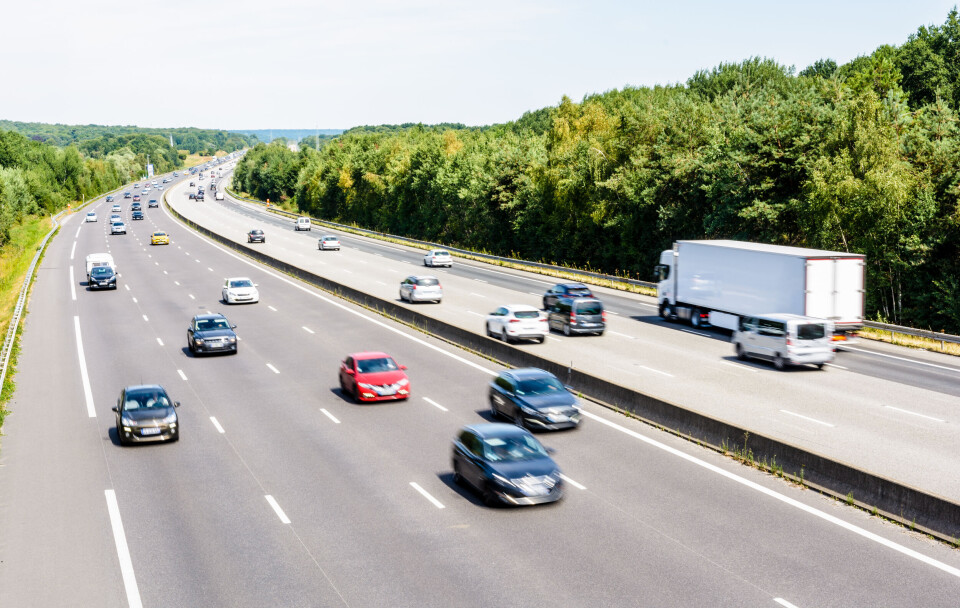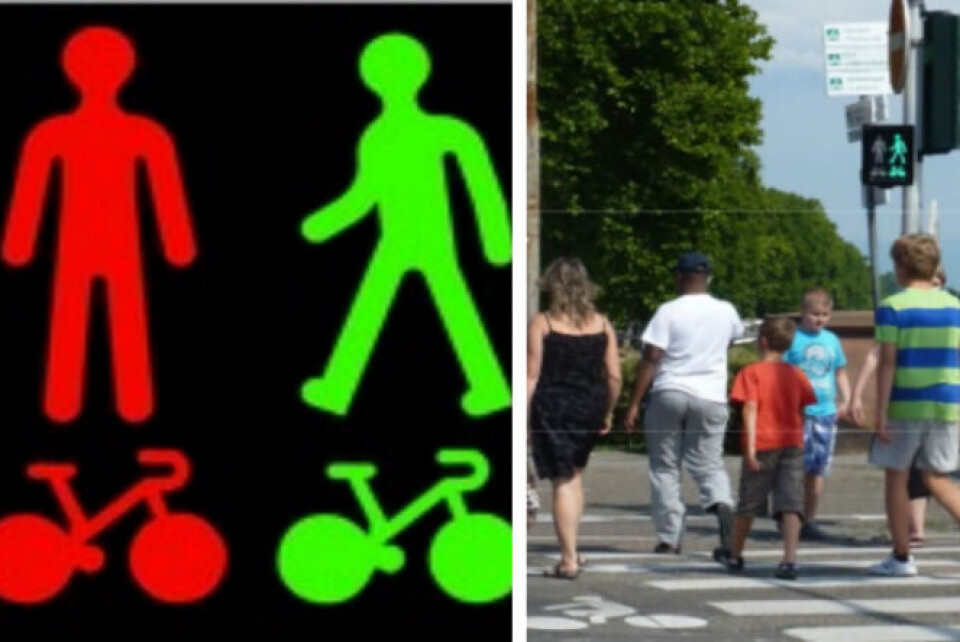-
Hazelnut, chocolate… pork? France’s traditional galette des rois gets a modern makeover
January 6 marks Epiphany and the famous galette, eaten across France
-
France school holidays: 2026–27 dates confirmed
An additional day will be given in May 2027 as it falls between two public holidays
-
French doctors begin 10-day strike: most GP surgeries expected to close
Patients needing care should turn to pharmacies, on-call doctors, or emergency wards
Speed cameras, tunnel signs: Five updates for drivers in France
Drivers are warned about a type of mobile motorway camera, another department returns to a 90km/h speed limit and more

[Article updated on July 12 at 15:20]
The speed camera to watch out for on summer holiday journeys
Drivers in France have been warned about a type of motorway camera which is particularly sensitive to speeding cars.
The PoliScan F1 HP is an automatic camera which looks like a low, squared block of concrete and which is usually installed in motorway road works zones.
It is particularly effective at detecting speeds of up to 300km/h, and can catch several thousand speeding vehicles each day.
The presence of a PoliScan F1 HP will be signposted, but it is easy to miss the warning amid all the other motorway signs.
You should also bear in mind that the camera can be moved about within the road works area, so it may not be in the same place as it was the last time you travelled on the motorway. These PoliScans are normally moved every three weeks or so.
These cameras will continue operating even when the workers are gone, including on weekends.
There are no official figures reflecting how many PoliScan F1 HP cameras there are in France, but AutoPlus has found at least 239 across the country.
The government is expected to install 150 new cameras in road works zones between now and the end of the year.
An image of the PoliScan F1 HP can be found here.
New pedestrian-cyclist lights
France is in the process of installing new traffic light signs at pedestrian and bike crossings, in a bid to make the roads safer for cyclists.

Screenshot / Ministère de l'Intérieur
Instead of showing a ‘walking man’ only the new lights also include a bike icon when a cycle lane is found next to a pedestrian path, making it clear to cyclists when they can and cannot go.
Read more: New type of traffic light aims to improve cyclist safety in France
The crossings also have an illuminated countdown showing the number of seconds pedestrians and cyclists have to cross.
In 2021, 414 pedestrians were killed in metropolitan France, 23 more than in 2020, according to the Observatoire national interministériel de la sécurité routière (Onisr).
As for cyclists, there were 227 deaths last year, 49 more than in 2020 and a 20-year high.
France is also introducing new signs informing drivers about the distance they should maintain with other vehicles in tunnels.
The signs invite motorists to check their distance using blue markers inside the tunnel, and join existing panels reflecting the number of metres which should be left between cars.
Puy-de-Dôme returns to 90km/h speed limit
Puy-de-Dôme (Auvergne-Rhône-Alpes) has become the latest department whose local authorities have chosen to go back to a 90km/h speed limit on local routes départementales.
The decision will come into effect on August 1, when the current 80km/h limit will come to an end.
There will remain 330 ‘high-risk’ sections of road where a 70km/h limit will remain in place.
Driver association 40 millions d’automobilistes has welcomed the “political bravery of [departmental] councillors who are taking responsibility and proving the inefficacy of the 80km/h [speed limit].”
The group is calling for a universal return to 90km/h on all departmental roads, claiming that “between 2013 and 2019 [the 80km/h limit was introduced in 2018], the number of accidents has stayed exactly the same. It is therefore completely false to say that the 80km/h measure has saved lives.”
Puy-de-Dôme is not the only department to have gone back to a 90km/h limit on sections of road; others include: Creuse, Cher, Charente, Dordogne, Aveyron, Hérault and Calvados.
Speed camera fines surge in 2021
The amount of money received by the French state in the form of speeding fines rose sharply in 2021 to €859million, around €100million more than in 2020.
Some €655million came from speeding penalty notices, and the remaining €204million from fines increased due to non-payment.
The rise in the number of speeding fines being paid can partly be attributed to the end of Covid lockdown restrictions, but also to the installation of 204 new fixed cameras in France.
The figures for 2021 are not thought to have been affected significantly by the proliferation of France’s new private speed camera cars, which are expected to have a greater impact on the numbers for this year.
Read more: 12 questions and answers about private speed radar cars in France
France now has 4,422 speed and red light cameras in place across the country, and there should be 4,500 by the end of this year.
The record for the total sum paid in speeding fines was €1.013billion in 2017.
Paris delays ban on vehicles with Crit’Air 3 rating
A new rule banning cars with a Crit’Air 3 rating from travelling around the Paris city region has been put back by a year.
The ban was initially scheduled to come into effect this month, but will now begin on July 1, 2023.
Up to 31% of the vehicles in Paris have a Crit’Air 3 rating, which comes with an orange sticker and relates to petrol cars made between 1997 and 2005 and diesel cars manufactured between 2006 and 2010.
It is thought that the delay can be put down to issues with the implementation of a number-plate recognition system which would automatically detect cars which are not supposed to be driving in the city and issue their drivers with a penalty.
Read more: A guide to Crit’Air stickers in France
Read more: Crit’Air: Paris limits access of certain cars as pollution spikes
Crit’Air is a sticker that drivers must place on their windscreens in some French cities, including Paris, which have been designated zones à faibles émissions (ZFEs).
The number on the sticker relates to the age and engine type (petrol or diesel) of the vehicle. Older, more polluting vehicles, will have a higher number. Electric or hybrid ones will have a lower number.
The stickers can be ordered online at the Crit'Air website - www.certificat-air.gouv.fr - which is available in English, German, Spanish and Italian as well as French. This is the official Crit'Air site. Other sites do exist, but will charge more for the same, simple, service.
Related articles
French motorbike and scooter ‘technical checks’ stuck in slow lane
Driving in France: new super-precise speed radars given go-ahead
Sign replacement, new devices: Speed camera news for drivers in France
























